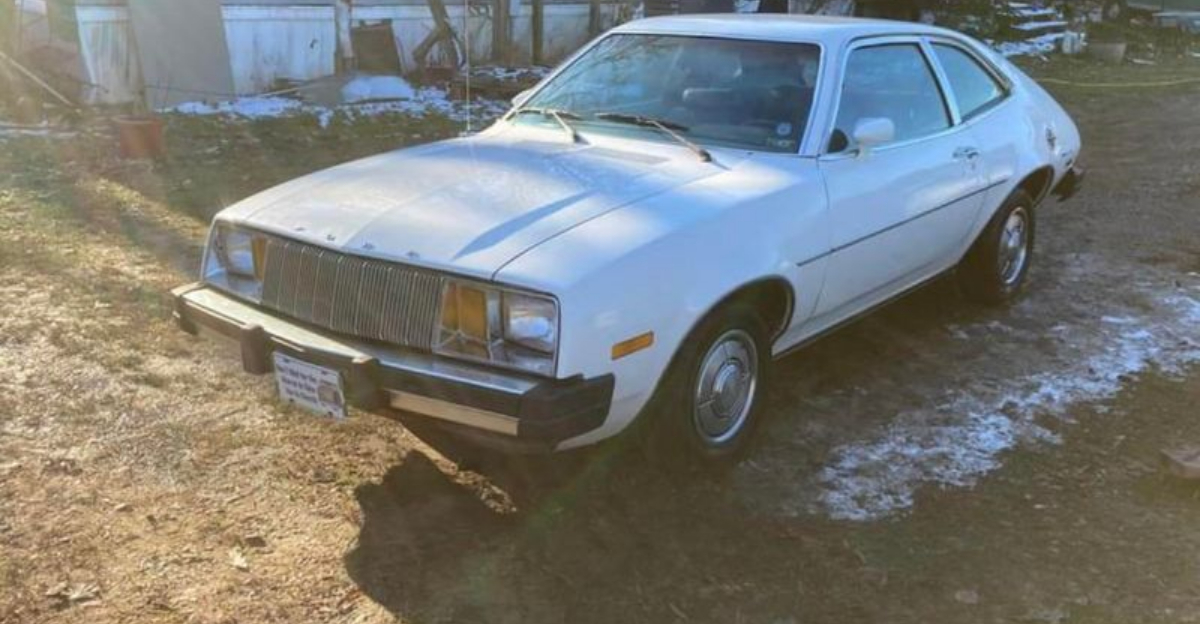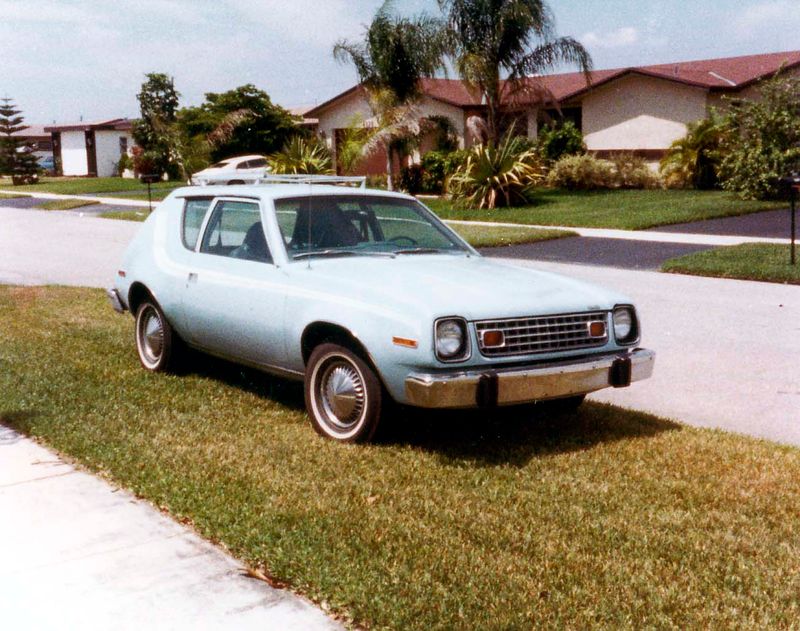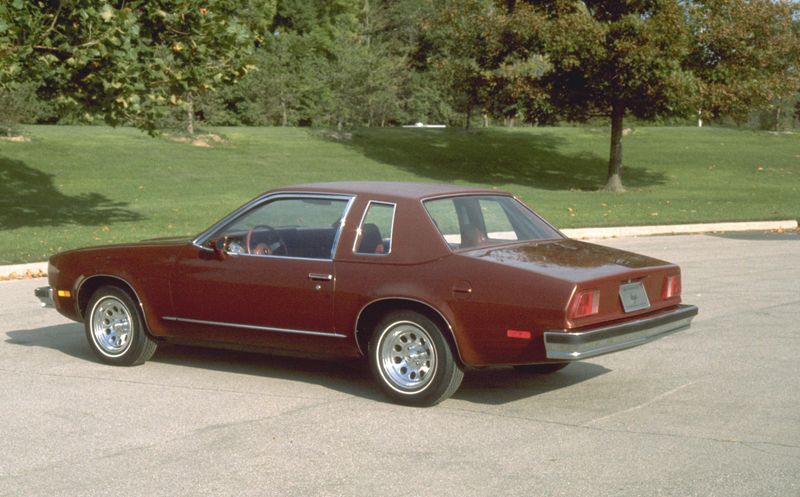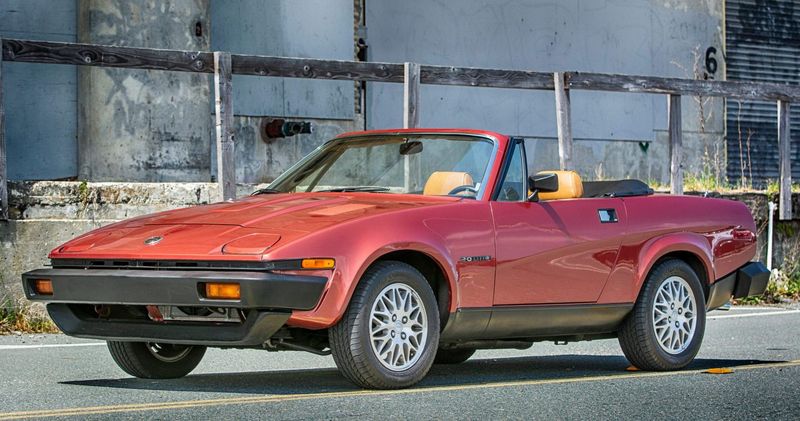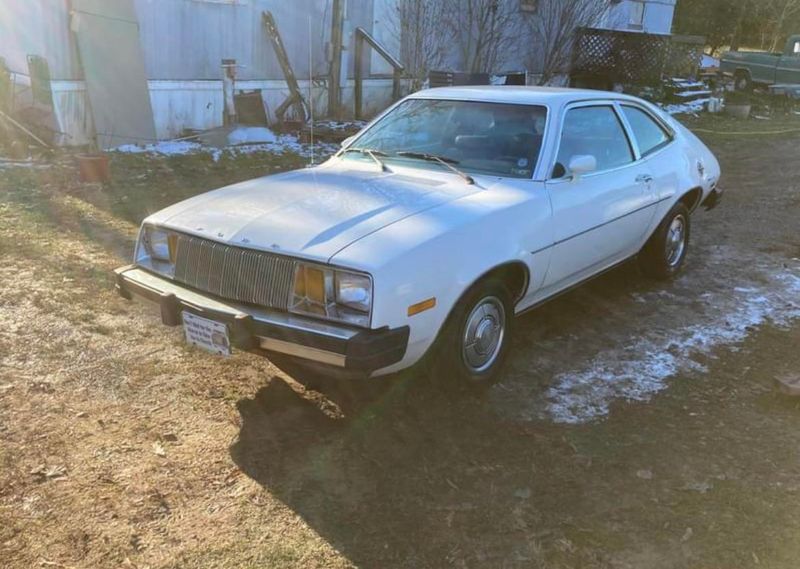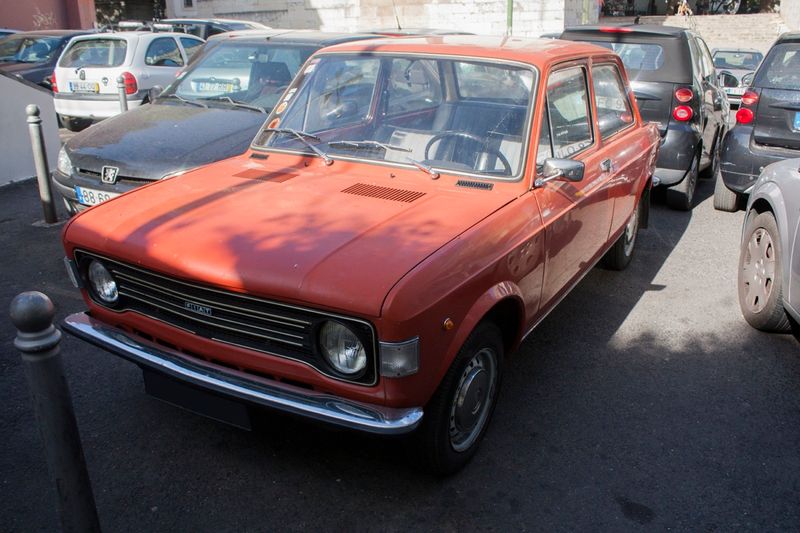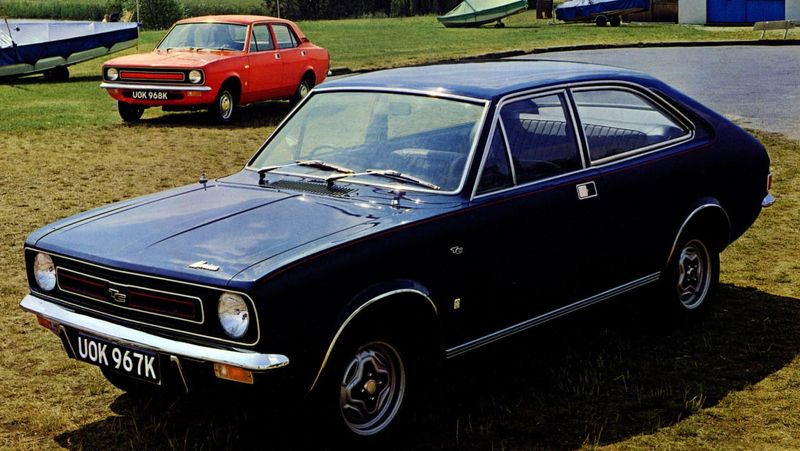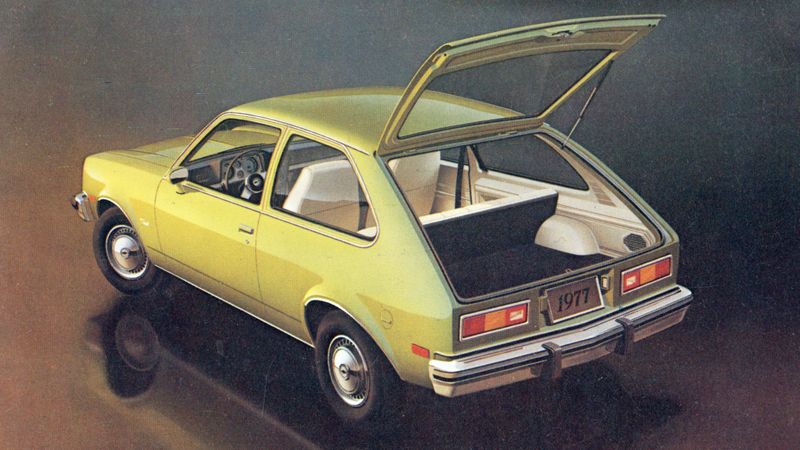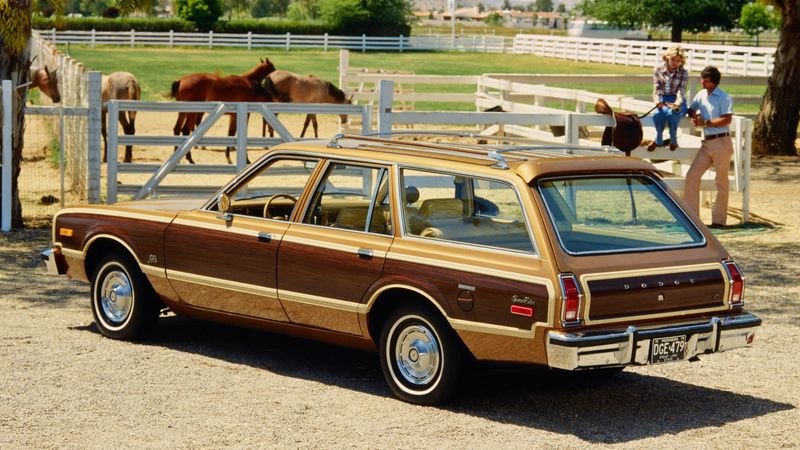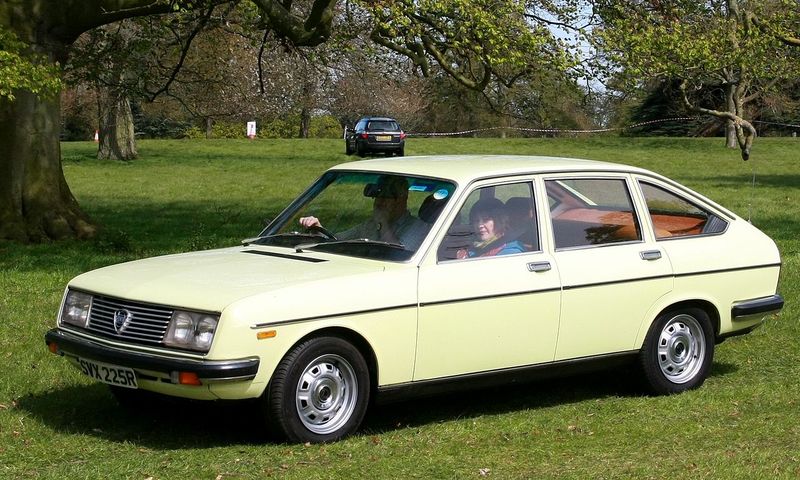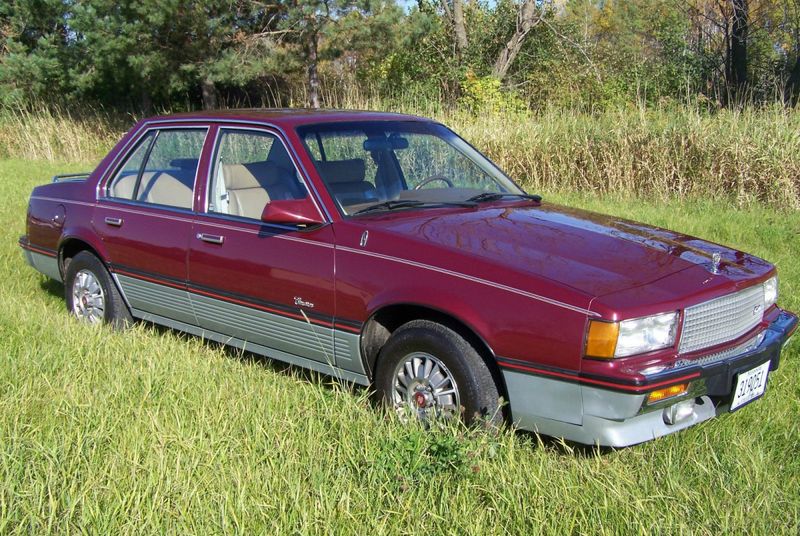The 1970s was a decade that saw the automotive industry grapple with new regulations, fuel crises, and evolving consumer expectations.
Unfortunately, not all manufacturers rose to the challenge, leading to some of the most disappointing vehicles ever to roll off the assembly line. These cars, infamous for their flaws and failures, serve as reminders of a turbulent time in automotive history.
Join us as we explore ten cars from the ’70s that are best left forgotten, each with its own tale of woe and a lesson in design and execution.
1. AMC Gremlin (1970–1978)
The AMC Gremlin was America’s bold attempt at producing a compact car to rival popular imports. Unfortunately, its unique styling and cost-cutting measures made it a frequent target for critique.
With chopped-up aesthetics and subpar materials, the Gremlin struggled with mechanical reliability, leaving owners frustrated.
The car’s quirky design did attract a niche following, but widespread issues and lackluster performance overshadowed any charm. Despite its ambition, the Gremlin serves as a lesson in balancing innovation with practicality.
2. Chevrolet Vega (1970–1977)
The Chevrolet Vega was Chevrolet’s foray into the compact car market, designed with ambitious intent but executed poorly. Its aluminum engine was an engineering marvel that soon became a maintenance nightmare, prone to overheating and wear.
Compounding its mechanical woes, the Vega faced severe rust issues, often appearing much older than its years. GM’s decision to cut corners led to a car that disappointed consumers and damaged brand trust.
This vehicle serves as a stark reminder of the dangers of prioritizing cost savings over quality.
3. Triumph TR7 (1975–1981)
The Triumph TR7, touted as “the shape of things to come,” ended up being a mechanical headache for enthusiasts. Its striking wedge design could not compensate for the myriad of electrical and engine problems that plagued owners.
British build quality took a hit with the TR7, as even loyal Triumph fans grappled with frequent repairs.
While the car’s innovative look initially attracted buyers, ongoing reliability issues and breakdowns led to buyer remorse. The TR7 is a study in how futuristic design must be paired with robust engineering.
4. Ford Pinto (1971–1980)
The Ford Pinto is infamous for its catastrophic design flaw, where the placement of its gas tank made it prone to deadly fires in rear-end collisions. Ford’s choice to delay a crucial fix not only endangered lives but also led to one of the decade’s biggest automotive scandals. Despite its sleek appearance, the Pinto became a symbol of corporate negligence. Consumers were left in disbelief as Ford prioritized cost over safety. The ensuing lawsuits and backlash forever tarnished the Pinto’s legacy, making it a cautionary tale for the entire industry.
5. Fiat 128 (1969–1985, U.S. until 1979)
The Fiat 128 was a pioneer with its front-wheel-drive layout, but rust quickly became its Achilles’ heel. In regions with harsh winters, the car’s bodywork deteriorated rapidly, leading to frequent repairs and replacements.
Mechanically, the 128 was prone to breakdowns, leaving drivers stranded and frustrated. Despite its initial acclaim for design innovation, the Fiat 128’s long-term reliability issues overshadowed its accolades.
This vehicle’s legacy highlights the importance of durability in automotive design, especially when battling the elements.
6. Morris Marina (1971–1980)
The Morris Marina, despite its best intentions, remains one of Britain’s most ridiculed cars. Its uninspired design and lackluster performance failed to capture driver’s hearts.
Built with outdated technology, the Marina struggled with reliability, leaving owners unimpressed. Its reputation for being cheaply made was compounded by its absence of driving thrill, making it memorable for all the wrong reasons.
Although it was intended to be a practical sedan, the Marina serves as a reminder of the pitfalls of neglecting innovation in favor of cost-cutting.
7. Chevrolet Chevette (1975–1987)
The Chevrolet Chevette was GM’s attempt to create a fuel-efficient vehicle amidst rising oil prices. However, it fell short with its underpowered engine and uninspired design.
Built with economy in mind, its noisy cabin and lack of features turned away discerning buyers. Despite its longevity, the Chevette’s reputation for being slow and unrefined overshadowed its affordability.
As competition grew fiercer, the Chevette’s flaws became impossible to ignore, cementing its place in the annals of automotive mediocrity.
8. Dodge Aspen/Plymouth Volaré (1976–1980)
Marketed as luxurious yet efficient, the Dodge Aspen and its twin, the Plymouth Volaré, were marred by severe rust problems and frequent stalling.
Owners were often left with vehicles that required constant attention, undermining their initial appeal. Quality control issues plagued these models, leading to a reputation that Chrysler struggled to shake off.
Despite their short lifespan, these cars exemplify the consequences of neglecting quality assurance in the manufacturing process, leaving a legacy of unreliability.
9. Lancia Beta (1972–1984, U.S. until 1979)
The Lancia Beta, an elegant Italian sedan, suffered a reputation-damaging flaw: catastrophic subframe rust. In some cases, the rust was so severe, the suspension could collapse, leading to dangerous driving conditions.
This defect severely impacted Lancia’s image in the UK and other markets, as customers lost faith in the brand.
Despite its aesthetic appeal, the Beta’s structural issues served as a grave warning about the perils of ignoring engineering integrity in favor of style. The Beta remains a case study in balancing form with function.
10. Cadillac Cimarron (Introduced in 1981, but developed in the ’70s)
Though launched in 1981, the Cadillac Cimarron was a product of the late ’70s, conceived in haste to compete with European luxury cars. Unfortunately, it was little more than a dressed-up Chevrolet Cavalier, lacking the refinement expected from Cadillac.
This rebadging strategy backfired, damaging Cadillac’s prestigious image and disappointing loyal customers.
The Cimarron’s failure emphasizes the risks of prioritizing speed over substance in product development, serving as a lesson in the importance of maintaining brand integrity and meeting consumer expectations.
